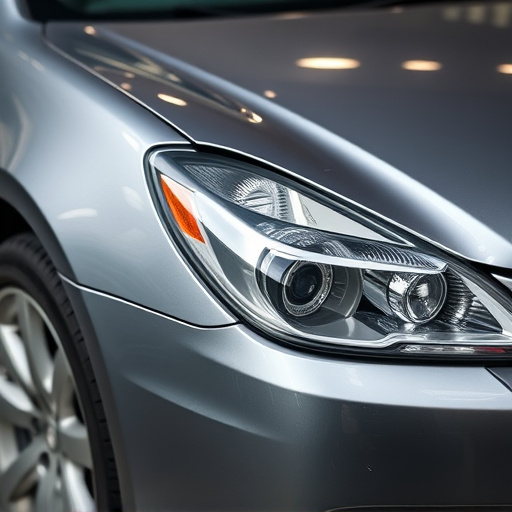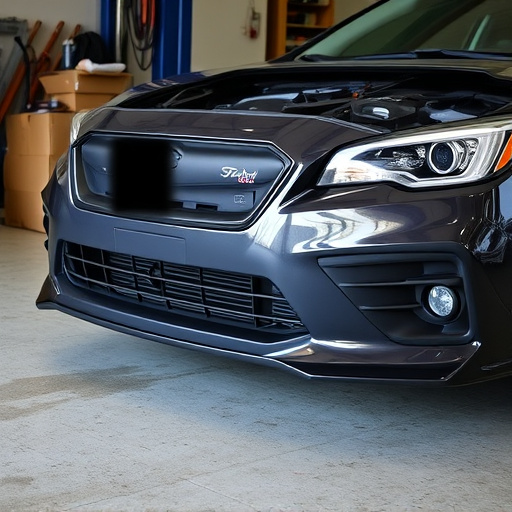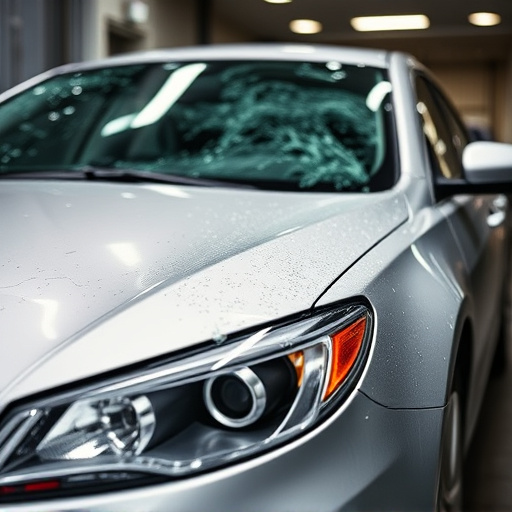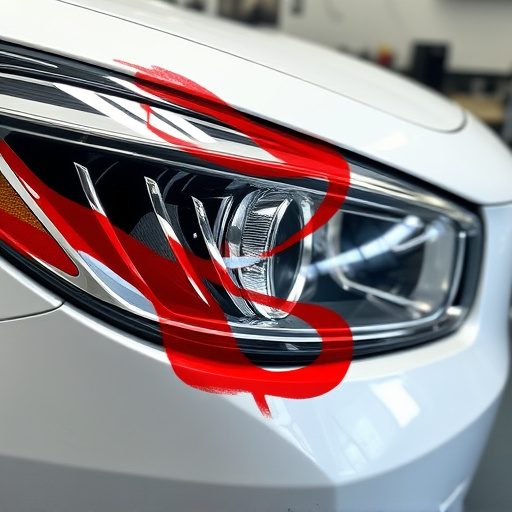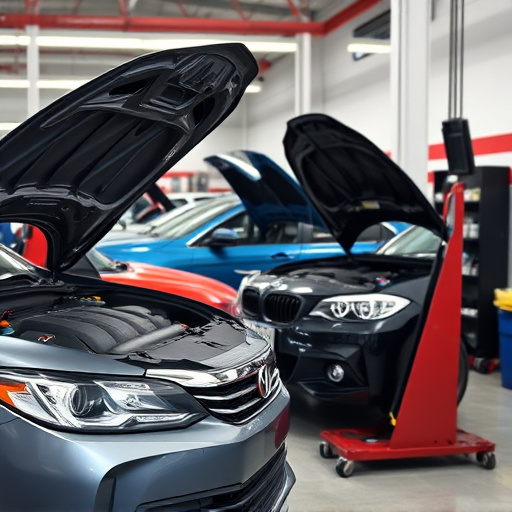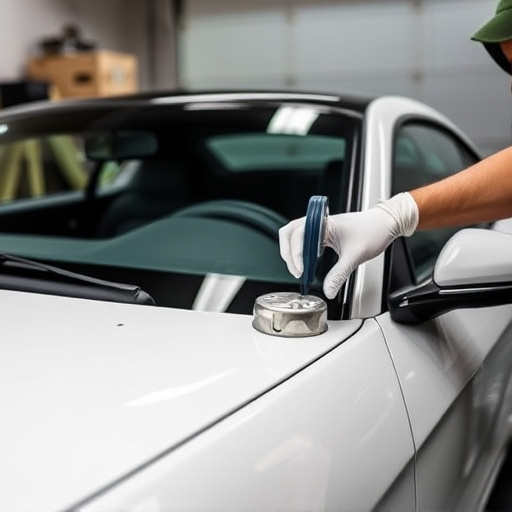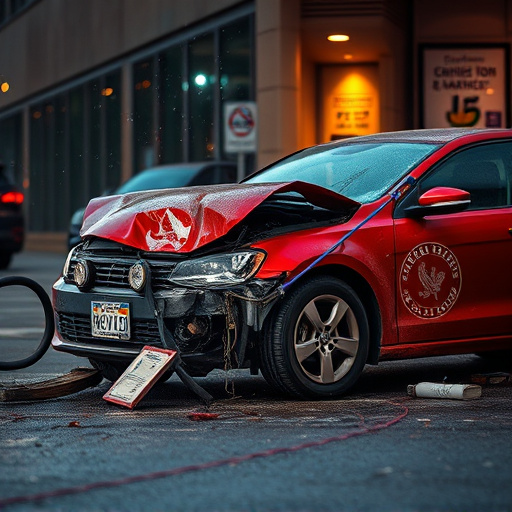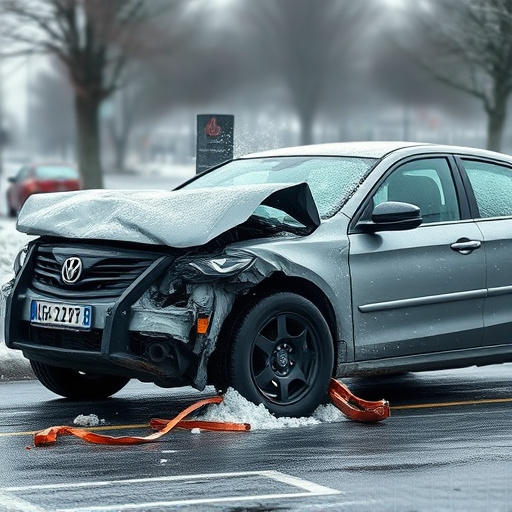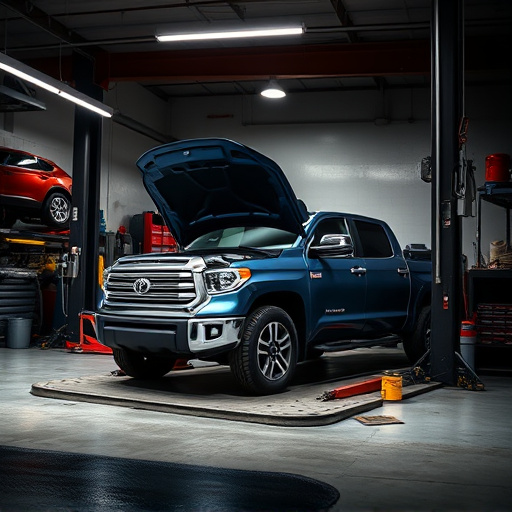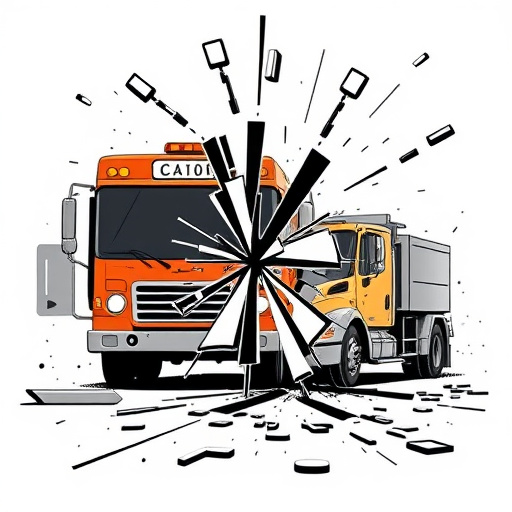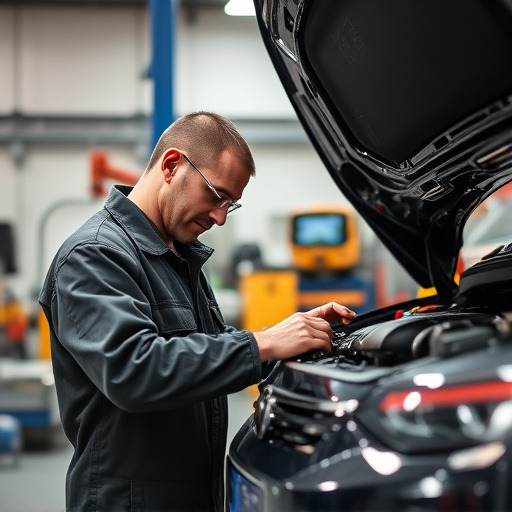Water-based paint collision repair offers an eco-friendly, versatile solution with quicker drying times and reduced risk of damage compared to traditional solvent-based paints. This process, combined with high-quality clear coats, provides superior durability, aesthetic appeal, and faster turnaround times for vehicles in need of collision repair. However, optimal results require meticulous preparation and skilled technicians to overcome challenges like adhesion issues.
Water-based paint collision repair is a cutting-edge approach transforming the automotive industry. This eco-friendly method uses low-VOC, water-soluble paints, offering superior coverage and quick drying times. Integrating these paints with clear coats enhances protection and visual appeal. Our article guides you through understanding these products, mastering the repair process step-by-step, and exploring benefits while addressing challenges for optimal results in water-based paint collision repairs.
- Understanding Water-Based Paint and Clear Coats
- The Collision Repair Process: A Step-by-Step Guide
- Benefits and Challenges of Integration for Optimal Results
Understanding Water-Based Paint and Clear Coats
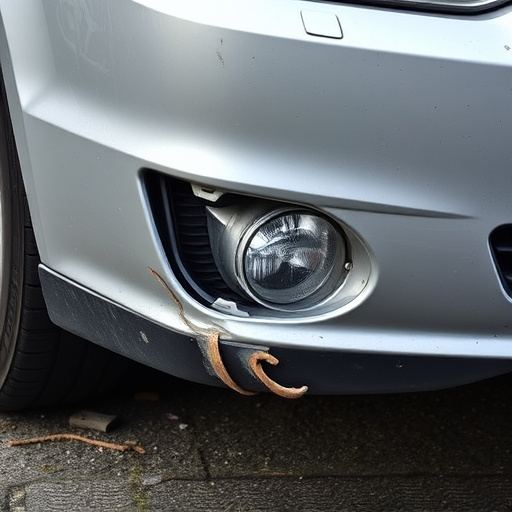
Water-based paint collision repair is a specialized process that seamlessly integrates with clear coats, offering a modern and eco-friendly approach to auto collision centers. Unlike traditional solvent-based paints, water-based paint uses water as its primary solvent, making it not only safer for both technicians and the environment but also more versatile in terms of application and finish. This innovative technology has revolutionized car paint repair, allowing for quicker drying times and a reduced risk of yellowing or cracking over time.
Clear coats, which are protective layers applied after painting, play a crucial role in water-based paint collision repair. They enhance the durability and gloss of the finished surface, protecting it from scratches, UV damage, and other environmental factors. By combining water-based paints with high-quality clear coats, auto repair shops can deliver exceptional results that match or even exceed the quality of original factory finishes. This integration ensures not only aesthetic appeal but also long-lasting protection for vehicles undergoing collision repair.
The Collision Repair Process: A Step-by-Step Guide
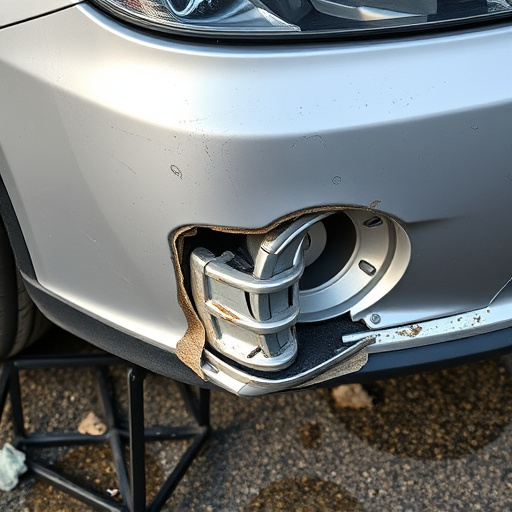
The collision repair process involves several meticulous steps to ensure a seamless integration with clear coats and optimal vehicle restoration. It begins with a thorough inspection to assess the damage, including a detailed evaluation of the affected panels. Once identified, the damaged area is carefully prepared by removing any debris or loose parts. This may involve disassembling complex components like doors or fenders (fender repair) to gain access to all surfaces in need of attention.
Next, professional technicians employ water-based paint collision repair techniques, which are both environmentally friendly and highly effective. The surface is cleaned, primed, and then painted using specialized water-based paints. This method not only ensures precise color matching but also promotes faster drying times compared to traditional solvent-based paints. After application, the paint undergoes a curing process, enhancing its durability and adhesion to the car’s bodywork services. Finally, a clear coat is applied to protect the new paintwork, providing an extra layer of shine and defense against future damage, thus showcasing the transformed automotive repair.
Benefits and Challenges of Integration for Optimal Results
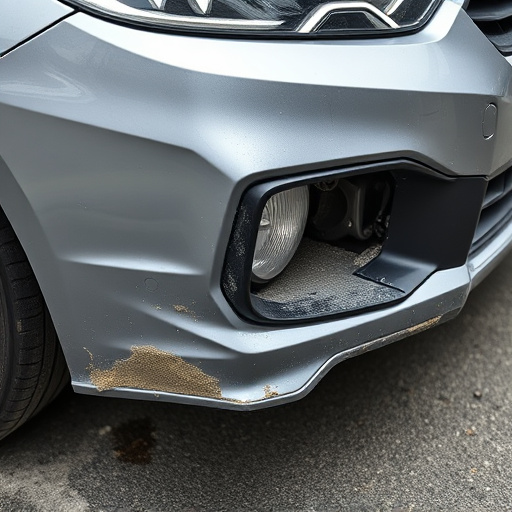
The integration of water-based paint collision repair with clear coats offers several advantages for achieving high-quality finishes in vehicle repair. This innovative approach combines the environmental friendliness and quick drying properties of water-based paints with the superior protection and durability provided by clear coat layers. As a result, auto body repairs can be completed faster, reducing downtime for customers and potentially lowering overall repair costs. The versatility of water-based paints also allows for easier matching of colors, ensuring that vehicles return to their pre-accident condition.
However, achieving optimal results in this integration process does come with certain challenges. Proper preparation is crucial, as inadequate surface cleaning or improper priming can lead to poor adhesion and long-term paint durability issues. Additionally, the moisture sensitivity of water-based paints requires careful control of humidity levels during application and curing, especially in auto glass replacement scenarios where temperature variations might impact the final finish. Despite these challenges, with skilled technicians and precise techniques, water-based paint collision repair seamlessly integrated with clear coats can deliver exceptional aesthetics and protection for vehicles, ensuring they look as good as new on the road.
Water-based paint collision repair, when seamlessly integrated with clear coats, offers a sustainable and effective solution for automotive restoration. By understanding the unique properties of both, collision repair technicians can follow a meticulous process to achieve flawless results. This approach not only enhances the aesthetics of vehicles but also contributes to a greener future by reducing harmful emissions associated with traditional paints. While challenges exist, such as compatibility issues and drying times, proper training and techniques ensure optimal outcomes, making water-based paint collision repair a game-changer in the industry.
